Remember when changing the channel meant getting up from the couch and adjusting the dial by hand? Those were the days when television could make a star overnight—particularly if you were young, talented, and lucky enough to land a role on one of the teen-focused shows that dominated our living rooms. These fresh-faced actors seemed to have it all: adoring fans, magazine covers, and careers that appeared destined for longevity. Yet for many of these small-screen sensations, the spotlight dimmed far sooner than anyone expected, leaving viewers wondering whatever happened to the familiar faces who once felt like part of the family.
1. Jan-Michael Vincent (Danger Island segment of The Banana Splits Adventure Hour, 1968-1970)
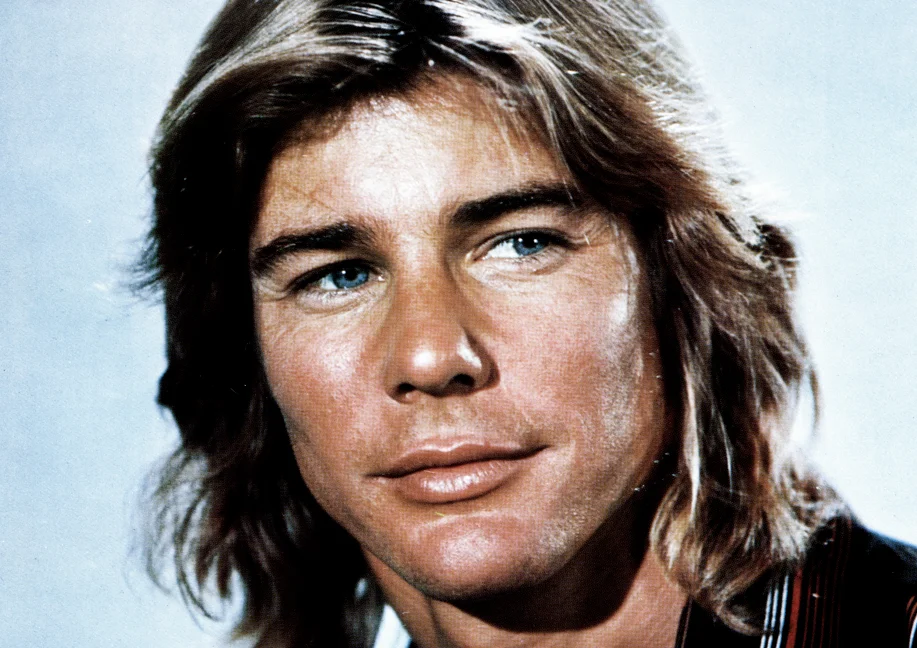
Before his breakout in films and later “Airwolf,” Jan-Michael Vincent captured young viewers’ attention as the daring Link on “Danger Island,” a live-action serial that aired as part of “The Banana Splits Adventure Hour.” His golden-boy good looks and physical prowess in the adventure series made him instantly appealing to the Saturday morning cartoon crowd. Vincent’s natural athleticism and casual charisma suggested a promising future as an action star, which initially seemed to pan out with roles in films like “The Mechanic” and “White Line Fever.” There was a point, Telegrafi writes, that Vincent was the highest-paid television actor at the time.
By the mid-1980s, Vincent was commanding $200,000 per episode for “Airwolf,” making him television’s highest-paid actor, but his escalating substance abuse problems were already making him difficult to insure. His career collapsed under the weight of alcoholism, on-set accidents, and increasingly erratic behavior that led to multiple car crashes and legal troubles. Vincent’s final decades were marked by declining health, financial ruin, and an amputation due to infection—a tragic fall from grace for an actor once considered one of Hollywood’s most promising talents.
2. Melissa Sue Anderson (Little House on the Prairie, 1974-1981)
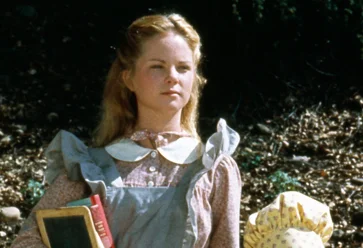
As the eldest Ingalls daughter Mary, Melissa Sue Anderson brought quiet dignity to the challenging storyline of her character’s blindness, earning an Emmy nomination for her sensitive portrayal. Her blonde-haired, blue-eyed beauty and composed performance style made her stand out among the child actors on the beloved pioneer drama. Anderson tackled Mary’s journey from sight to blindness with remarkable maturity, mastering the unfocused gaze and tentative movements that made her character’s condition believable to millions of viewers. Womans World tracked how Anderson spends her days today.
Unlike co-star Melissa Gilbert, who continued to embrace her “Little House” legacy, Anderson largely stepped away from the spotlight after leaving the series, taking selective roles before eventually relocating to Canada with her family. Her 2010 autobiography revealed her complicated feelings about growing up on set and the challenges of being a serious-minded young performer in an industry that often preferred cuteness over craft. Anderson’s decision to prioritize privacy over continued fame represented a conscious choice to give her children a normal life that she herself had never experienced.
3. Eve Plumb (The Brady Bunch, 1969-1974)

As middle sister Jan Brady, Eve Plumb delivered the now-iconic line “Marcia, Marcia, Marcia!” that perfectly captured sibling rivalry and made her instantly relatable to viewers who knew what it felt like to live in someone else’s shadow. Her portrayal of the often-overlooked middle child brought depth to what could have been a one-note character, showing Jan’s insecurities and determination with equal conviction. Plumb’s performance stood out for its authenticity—she wasn’t just playing Jan Brady; for many viewers, she was Jan Brady. Remind has some additional fun facts about this iconic sitcom star.
Despite the show’s enduring popularity in syndication, Plumb actively distanced herself from the role that made her famous, declining to participate in various Brady reunions and pursuing painting alongside selective acting projects. Her decision to forge her own path rather than capitalize on Brady nostalgia meant less visibility but more creative control over her career and identity. The public’s inability to separate Plumb from Jan Brady ultimately limited her acting opportunities, despite solid performances in projects like “Dawn: Portrait of a Teenage Runaway” that demonstrated her range beyond the Brady household.
4. Mackenzie Phillips (One Day at a Time, 1975-1980)
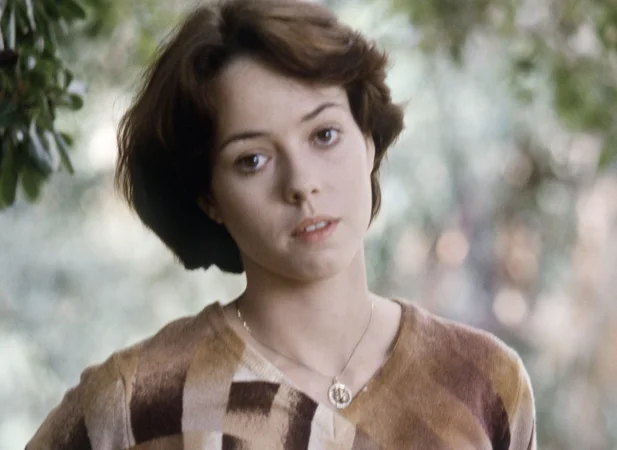
As rebellious teenager Julie Cooper on Norman Lear’s groundbreaking sitcom “One Day at a Time,” Mackenzie Phillips brought authentic teen angst to primetime television with her portrayal of a character navigating the challenges of growing up in a single-parent household. Her natural charisma and perfect comic timing made her an immediate standout, while her real-life rock and roll pedigree as the daughter of The Mamas & the Papas’ John Phillips gave her an edgy credibility unusual for sitcom actors. Phillips’ chemistry with co-star Valerie Bertinelli and her ability to handle both comedic and dramatic material helped make the show a consistent ratings hit.
Behind the scenes, Phillips was spiraling into serious substance abuse problems that eventually led to her being fired from the show in 1980 due to unreliability and repeated warnings. Her struggles with addiction—which began alarmingly early in her childhood due to her family’s rock and roll lifestyle—derailed what should have been a long-running television career. Phillips’ journey would include multiple recovery attempts, a shocking memoir revealing family trauma, and eventually a career renaissance as an addiction counselor and occasional actress—her life story serving as both a cautionary tale and ultimately a triumph of resilience.
5. Robby Benson (Various TV Movies, 1970s)
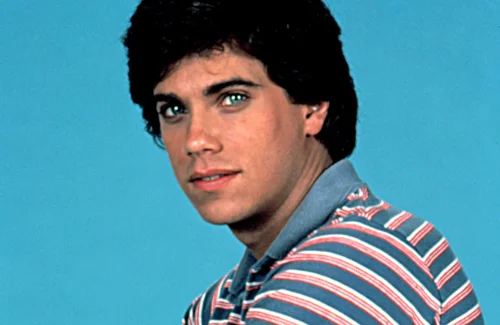
With soulful blue eyes and an earnest demeanor, Robby Benson became the sensitive heartthrob of the 1970s through numerous TV movies and guest appearances before transitioning to film stardom. His performances in television films like “The Death of Richie” and “The Last of Mrs. Lincoln” showcased his ability to handle dramatic material with remarkable maturity for his age. Benson’s boyish charm and emotional availability made him the perfect teen idol for an era that was embracing greater emotional vulnerability in male characters.
What many fans didn’t know was that Benson was battling a serious heart condition that would require multiple surgeries throughout his life, adding physical challenges to the typical pressures of young fame. He successfully pivoted to voice acting (most notably as the Beast in Disney’s “Beauty and the Beast”) and directing, but his heart condition limited his ability to maintain the hectic schedule of a leading man. Benson ultimately found fulfillment as a film professor, sharing his industry knowledge with the next generation while keeping his health challenges private until publishing his memoir decades later.
6. Susan Dey (The Partridge Family, 1970-1974)
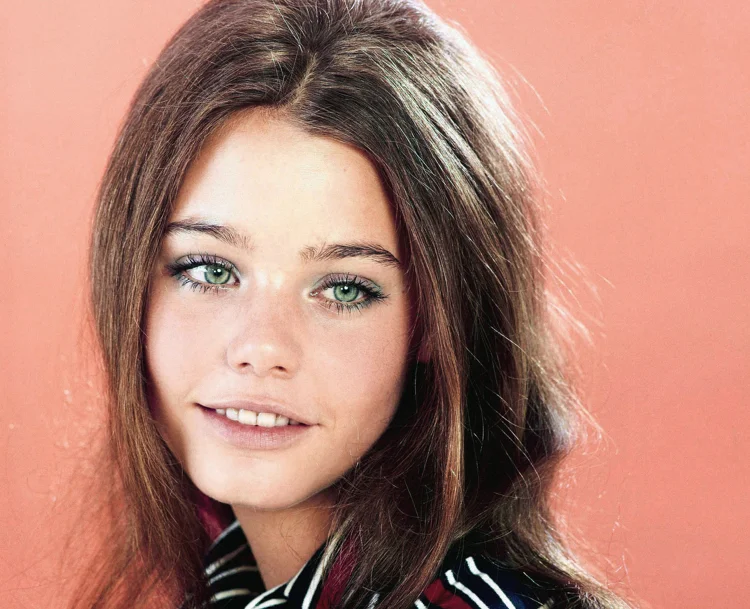
As Laurie Partridge, the pretty keyboard player in TV’s first family band, Susan Dey became the crush of countless teenage boys and the fashion inspiration for just as many girls. Her flowing straight hair, mini-skirts, and seemingly effortless cool made her character the embodiment of early 1970s style. Despite having no prior acting experience, Dey’s natural screen presence helped her stand out even among a cast that included established child actors and heartthrob David Cassidy.
Unlike many of her teen idol contemporaries, Dey successfully transitioned to adult roles, most notably as Grace Van Owen on “L.A. Law,” winning a Golden Globe and proving her serious acting capabilities. However, her complicated experience on “The Partridge Family”—including an unrequited crush on co-star Cassidy and struggles with body image—left her reluctant to participate in reunions or even discuss the show for many years. Dey’s determination to be recognized for her dramatic talents rather than her teen idol past meant actively distancing herself from the very role that had made her famous.
7. Leif Garrett (Various TV Shows, 1975-1979)
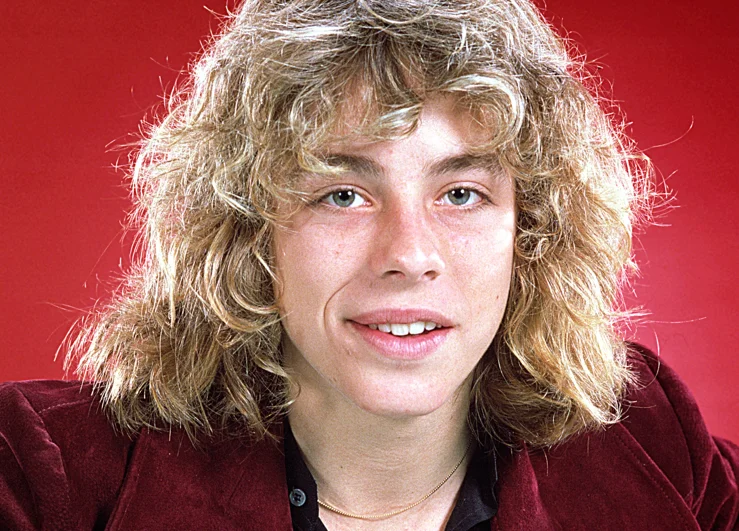
With his feathered blonde hair and heart-melting smile, Leif Garrett transitioned from acting in shows like “Family” and “Wonder Woman” to teen idol status with a successful singing career. His appearances on “The Odd Couple,” “Wonder Woman,” and as Bob Shelby on “Family” showcased his natural charm, while his recording contract with Atlantic Records produced hits like “I Was Made for Dancin'” that dominated the airwaves. Magazine covers followed, with Tiger Beat and 16 Magazine featuring his picture-perfect face month after month, cementing his status as the dream date for millions of teenage girls.
The fairy tale came crashing down when substance abuse issues began to overshadow Garrett’s talent, leading to a devastating 1979 car accident that left his friend paralyzed. Repeated legal troubles and addiction battles throughout the 1980s and beyond derailed what had seemed like an unstoppable career trajectory. His cautionary tale of too much, too soon became unfortunately common among teen stars who struggled with the pressures of fame before they’d even finished growing up.
8. Lance Kerwin (James at 15/16, 1977-1978)
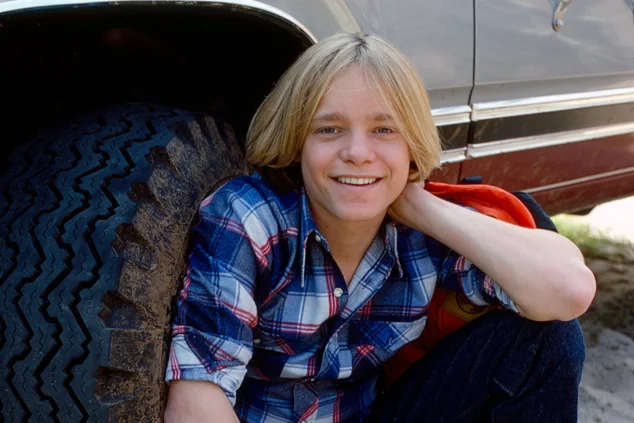
Lance Kerwin broke new ground as the sensitive, introspective lead in NBC’s “James at 15” (later “James at 16”), a show that dared to address teenage issues with unprecedented realism and emotional depth. His portrayal of James Hunter, a teenage boy adjusting to a cross-country move while navigating the universal challenges of adolescence, resonated with young viewers who rarely saw authentic reflections of their experiences on television. Kerwin’s naturalistic acting style and boyish vulnerability made him stand out in an era when teen characters were often one-dimensional or played for laughs.
Despite critical acclaim and a devoted following, the show’s controversial storylines—including James’s coming-of-age experiences—led to creative conflicts with the network and its eventual cancellation after just one season. Kerwin struggled to find roles of similar substance afterward, appearing in the Stephen King miniseries “Salem’s Lot” but gradually fading from Hollywood as the 1980s progressed. Personal challenges including substance abuse issues and later legal troubles further complicated his career trajectory, leading to his retreat from the entertainment industry for many years.
9. David Cassidy (The Partridge Family, 1970-1974)
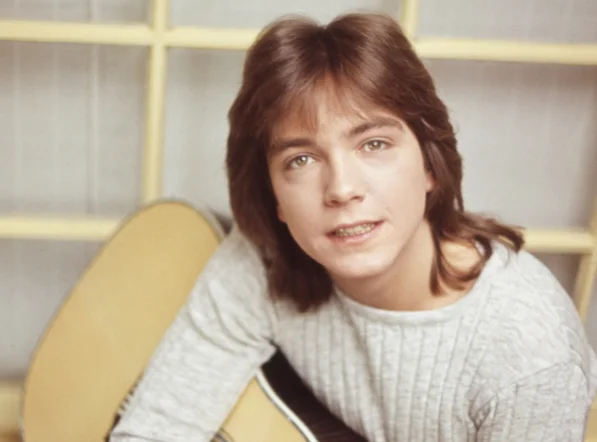
David Cassidy’s transformation from unknown actor to global teen idol was among the most meteoric rises to fame in television history, with his face appearing on everything from lunch boxes to bubble gum cards. His role as Keith Partridge showcased both his acting abilities and his legitimate musical talents, with his vocals leading songs like “I Think I Love You” to the top of the charts. Cassidy’s shaggy hair, wide smile, and seemingly attainable boy-next-door appeal made him the ultimate teen dream for a generation of fans who screamed at his concerts and plastered their bedroom walls with his posters.
The intensity of “Cassidymania” became unbearable for the young star, who felt trapped by his squeaky-clean image and the artistic limitations of the bubblegum pop he was recording. His attempt to break free through a controversial 1972 Rolling Stone interview and more adult-oriented musical direction alienated his core audience without successfully establishing him with the rock crowd he coveted. Decades of financial mismanagement, substance abuse struggles, and the typecast shadow of Keith Partridge followed Cassidy until his death in 2017, despite periods of career resurgence and his eventual embrace of the nostalgia that came with his teen idol status.
10. Maureen McCormick (The Brady Bunch, 1969-1974)

As the “perfect” eldest Brady daughter Marcia, Maureen McCormick presented an ideal of American teenage girlhood that seemed effortlessly beautiful, popular, and confident. Her character’s adventures—from getting her driver’s license to nursing a broken nose after an unfortunate football incident—became cultural touchstones for a generation. McCormick’s wholesome charm and picture-perfect smile made her the envy of real-life teenage girls and the dream date of teenage boys across America.
The years following “The Brady Bunch” brought serious challenges as McCormick struggled with cocaine addiction, depression, and an eating disorder while trying to shed her Marcia Brady image. Casting directors couldn’t see beyond her Brady persona, leading to a career decline that contributed to her personal struggles. Her remarkably candid 2008 autobiography revealed the stark contrast between her sunny on-screen persona and her troubled reality—a reminder that the seemingly perfect lives we watched on television rarely reflected the complicated truths behind the scenes.
11. Parker Stevenson (The Hardy Boys/Nancy Drew Mysteries, 1977-1979)
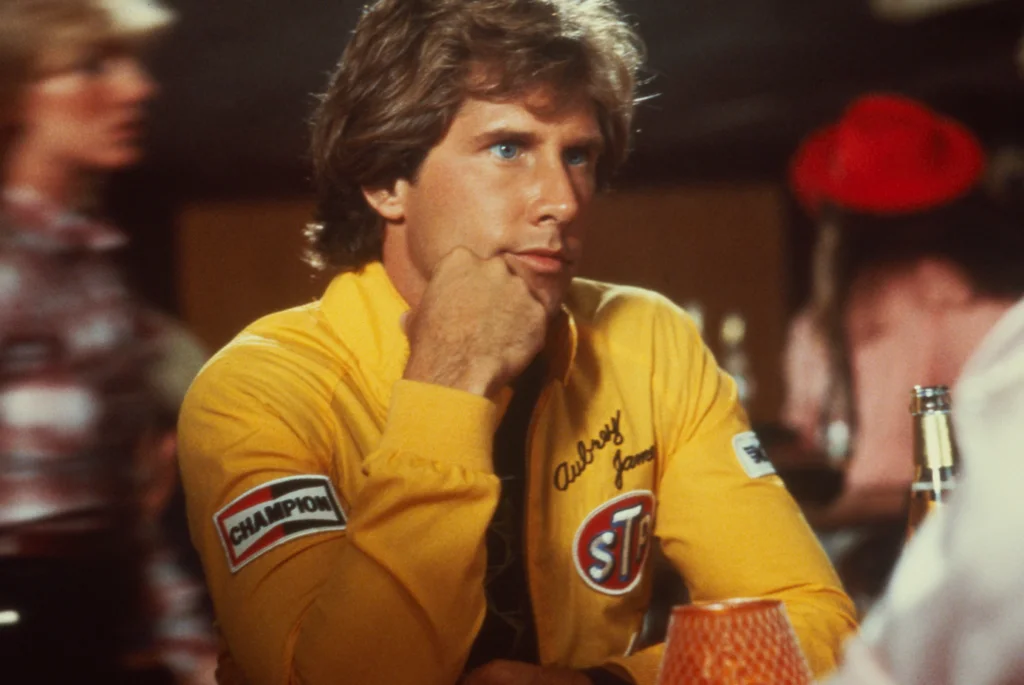
Parker Stevenson’s clean-cut good looks and earnest delivery made him the perfect choice to play Frank Hardy in ABC’s “The Hardy Boys/Nancy Drew Mysteries,” bringing the beloved book character to life for a new generation. Alongside co-star Shaun Cassidy, Stevenson helped transform the Sunday night series into must-see TV for the tiger beat crowd while staying true to the mystery-solving premise that parents approved. His college-educated background (Princeton) and serious approach to acting suggested he might have staying power beyond typical teen idol fare.
Despite solid performances in subsequent projects like the underwater adventure series “Lifeguard” (later renamed “Baywatch”), Stevenson struggled to establish himself as a leading man in more mature roles. His high-profile marriage to actress Kirstie Alley brought additional public attention but further complicated his efforts to be taken seriously as an actor rather than a celebrity. Stevenson eventually found his most consistent success behind the camera as a director and photographer, crafting a second career that allowed him to express his creative vision without the limitations of being forever seen as Frank Hardy.
12. Kristy McNichol (Family, 1976-1980)
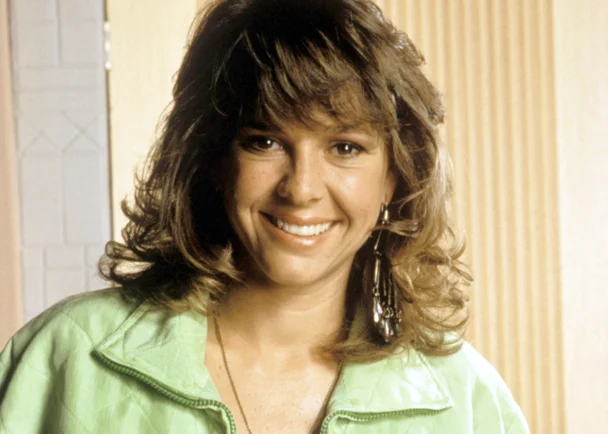
Kristy McNichol captured hearts as the tomboyish Buddy Lawrence on the groundbreaking drama “Family,” bringing remarkable emotional depth to a character navigating the complexities of adolescence. Her natural talent earned her two Emmy Awards before she turned 16, establishing her as one of the most acclaimed young actresses of her generation. McNichol’s authentic performance style—particularly in scenes exploring Buddy’s complicated relationship with her father—connected with viewers who recognized the messy reality of family dynamics that earlier TV shows had glossed over.
By the early 1980s, McNichol successfully transitioned to film roles in “Little Darlings” and “Only When I Laugh,” but the pressure of growing up in the spotlight began taking a serious toll on her mental health. Her struggle with bipolar disorder led to her walking away from the hit sitcom “Empty Nest” in 1992, effectively ending her acting career as she prioritized her wellbeing over fame. McNichol’s decision to retreat from public life—announcing her retirement officially in 2001—represented a conscious choice to find happiness away from the industry that had been her home since childhood.
13. Erin Moran (Happy Days, 1974–1984)
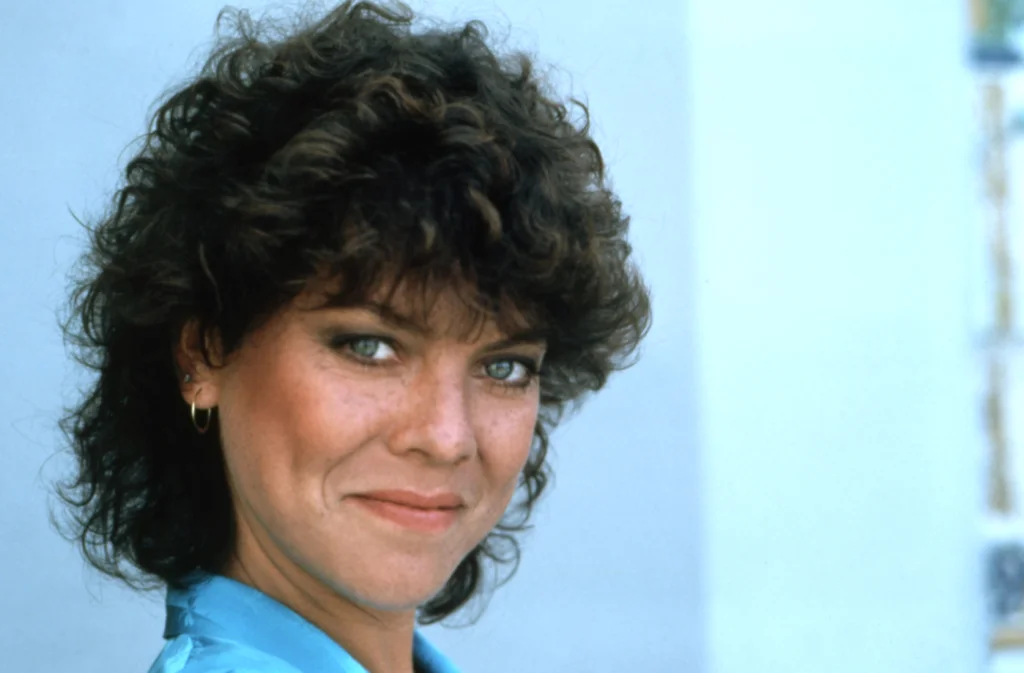
As Joanie Cunningham, Erin Moran grew up on America’s TV screens, transforming from Richie’s kid sister into a teenager with her own storylines and eventually a spinoff, Joanie Loves Chachi. She brought warmth and humor to the role, making Joanie feel like the kid sister many viewers wished they had. Her chemistry with Scott Baio gave fans something new to root for, even as the spinoff struggled to live up to the success of Happy Days.
Unfortunately, Moran’s career after Happy Days never regained the same momentum. She made a few guest appearances on TV shows but faced financial troubles and personal hardships that played out publicly in the tabloids. Despite her early stardom, Moran struggled with instability and passed away in 2017 at just 56, leaving fans nostalgic for the lively Joanie they remembered from their childhoods.
14. Todd Bridges (Diff’rent Strokes, 1978–1986)
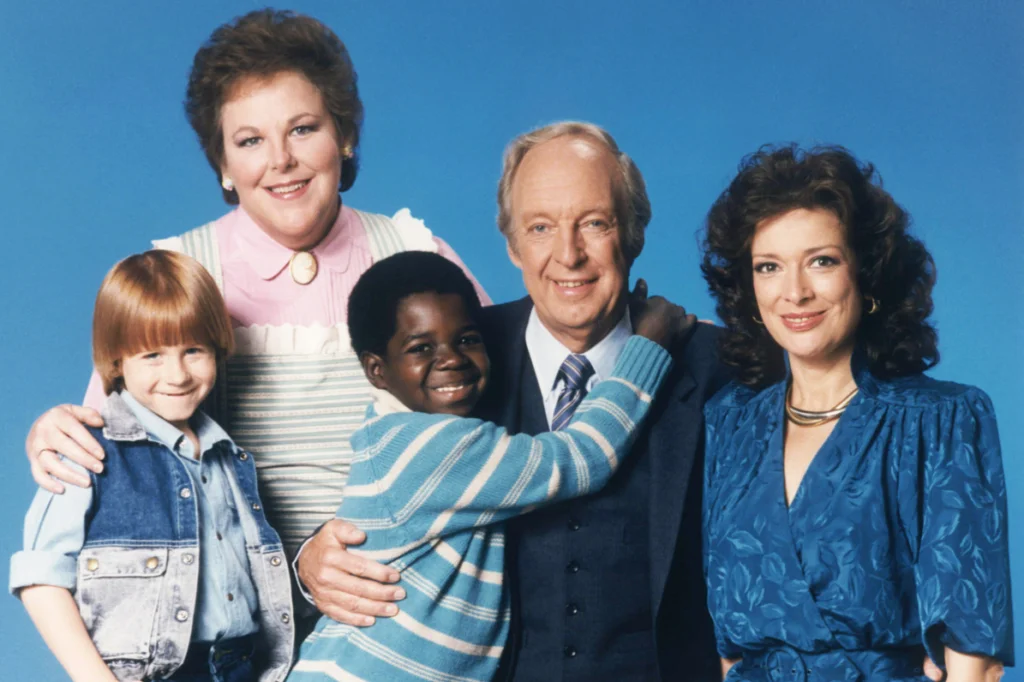
Todd Bridges became a household name playing Willis Jackson on Diff’rent Strokes, often sharing the spotlight with Gary Coleman’s Arnold and the now-famous catchphrase “Whatchu talkin’ ’bout, Willis?” His role brought him fame, steady work, and magazine covers, making him one of the most recognizable young Black actors on TV in the late ’70s and early ’80s.
But offscreen, Bridges fell into the darker side of child stardom, grappling with substance abuse and legal troubles that nearly cost him everything. Remarkably, he turned his life around, getting sober and later speaking openly about his struggles to help others. Bridges has since worked steadily in smaller roles and reality TV, proving resilience can follow even the rockiest childhood fame.
15. Ricky Schroder (Silver Spoons, 1982–1987)
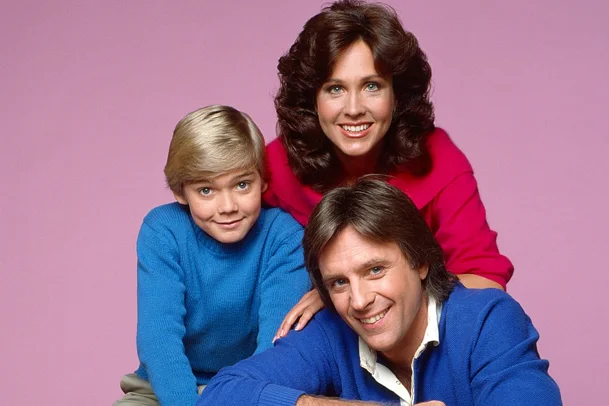
With his blonde hair and wide-eyed innocence, Ricky Schroder charmed audiences as the spoiled but lovable Ricky Stratton on Silver Spoons. The sitcom made him a teen heartthrob, with his poster pinned to countless bedroom walls in the ’80s. His role gave him plenty of lighthearted comedy, but his performance often hinted at a deeper emotional range.
Schroder later successfully transitioned to adult acting with acclaimed performances in projects like Lonesome Dove and NYPD Blue. Yet despite his acting chops, he was never able to fully shake the child-star label. More recently, Schroder has stepped back from Hollywood, focusing on family life and behind-the-scenes projects while occasionally reappearing in the public eye.
16. Gary Coleman (Diff’rent Strokes, 1978–1986)
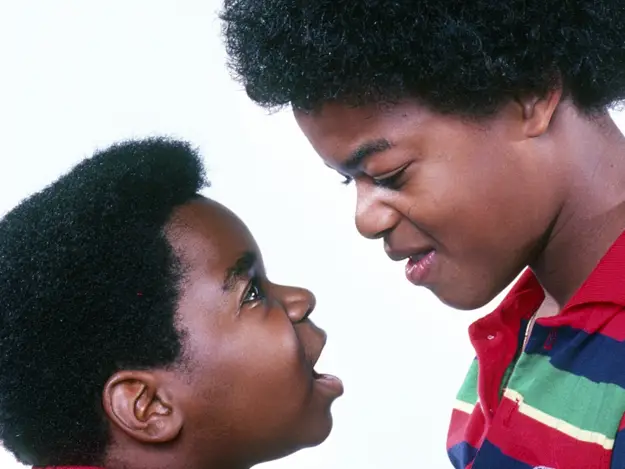
Few child stars captured America’s heart like Gary Coleman, whose sharp wit and famous catchphrase “Whatchu talkin’ ’bout, Willis?” made him the breakout star of Diff’rent Strokes. His comedic timing, expressive face, and charisma turned him into one of the most recognizable television figures of the era. Coleman’s small stature, due to a congenital kidney condition, made him even more distinctive.
Yet fame was not kind to Coleman. Legal disputes with his parents over mismanaged finances left him nearly broke despite years of success. His later life was marked by health struggles, low-budget film appearances, and unfortunate tabloid headlines. Coleman’s death in 2010 at age 42 was a tragic reminder of how child stardom can bring both immense joy and lasting hardship.
17. Mark-Paul Gosselaar (Saved by the Bell, 1989–1993)
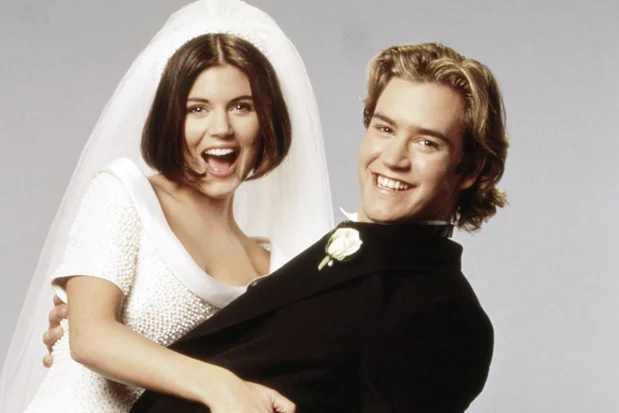
As Zack Morris, Mark-Paul Gosselaar was the ultimate teen TV schemer, breaking the fourth wall, charming teachers, and always staying one step ahead of authority figures on Saved by the Bell. His blonde hair and mischievous smile cemented him as a teen idol of the late ’80s and early ’90s. For a generation of kids, Zack Morris was the coolest guy in school—even if he wasn’t always the nicest.
Unlike many child stars, Gosselaar navigated the tricky transition into adulthood with relative success. He has continued acting steadily, with roles in NYPD Blue, Franklin & Bash, and Mixed-ish, showing range beyond his teen heartthrob days. He even revisited Zack Morris in the 2020 Saved by the Bell revival, proving that while fame may fade for some, others manage to keep reinventing themselves.
18. Tiffany Brissette (Small Wonder, 1985–1989)
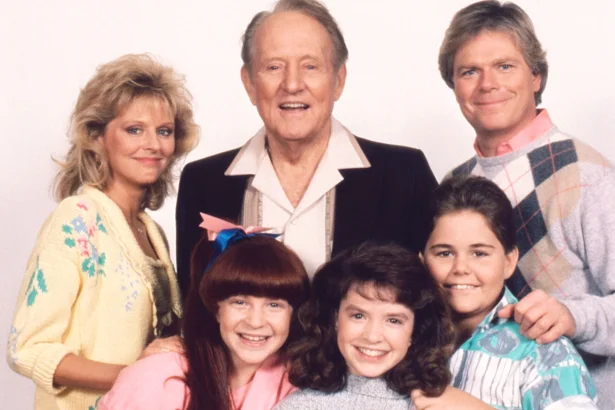
Tiffany Brissette played Vicki, the robot who looked like a little girl, on the quirky sitcom Small Wonder. Though the show was often criticized for its campy premise, it had a loyal fan base, and Brissette’s performance as the monotone, stiff-moving “living doll” was central to its oddball appeal. For young viewers, Vicki became an unforgettable part of ’80s TV.
After Small Wonder ended, Brissette largely stepped away from acting, making only a few small appearances before leaving Hollywood behind. She went on to pursue a career in nursing, preferring a quieter and more private life. For fans who remember Small Wonder, her departure from the spotlight makes her one of those child stars whose fame seemed to vanish almost as suddenly as it appeared.
These once-familiar faces remind us that fame—especially young fame—often comes with a heavy price tag. The transition from teen sensation to adult actor has always been treacherous terrain, complicated by typecasting, the public’s resistance to seeing their “television children” grow up, and the very real challenges of figuring out your identity when millions of people think they already know exactly who you are. While some managed to reinvent themselves and find happiness either within or outside the industry, others struggled with the aftermath of early stardom. Watching their journeys unfold reminds us that behind every poster on a bedroom wall was a real young person trying to navigate extraordinary circumstances during the already complicated journey from childhood to adulthood—something worth remembering as we nostalgically revisit the shows that made them household names.


